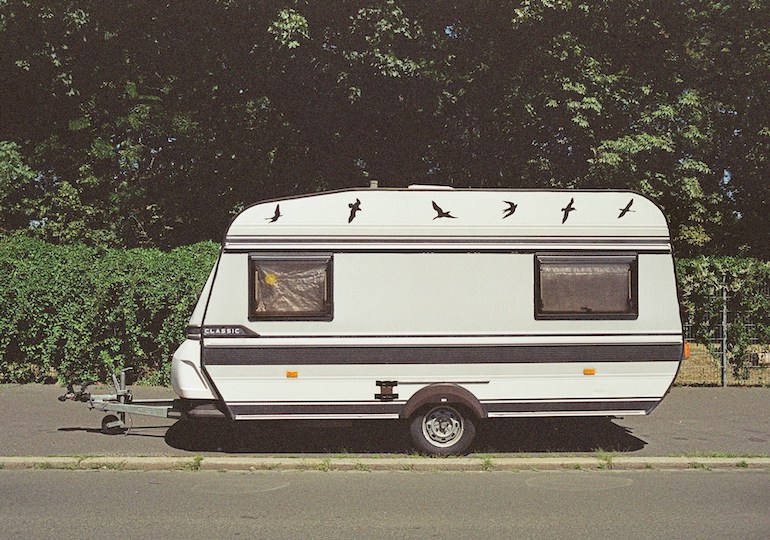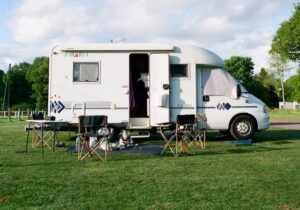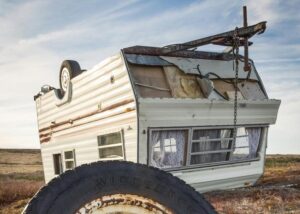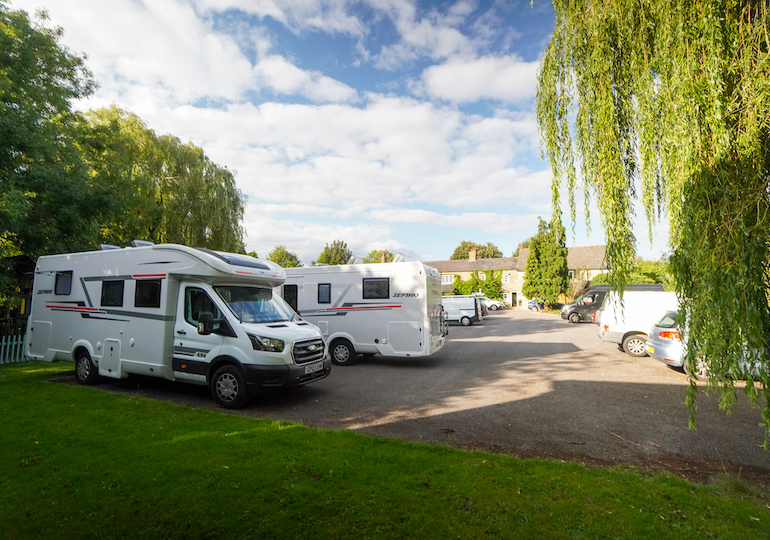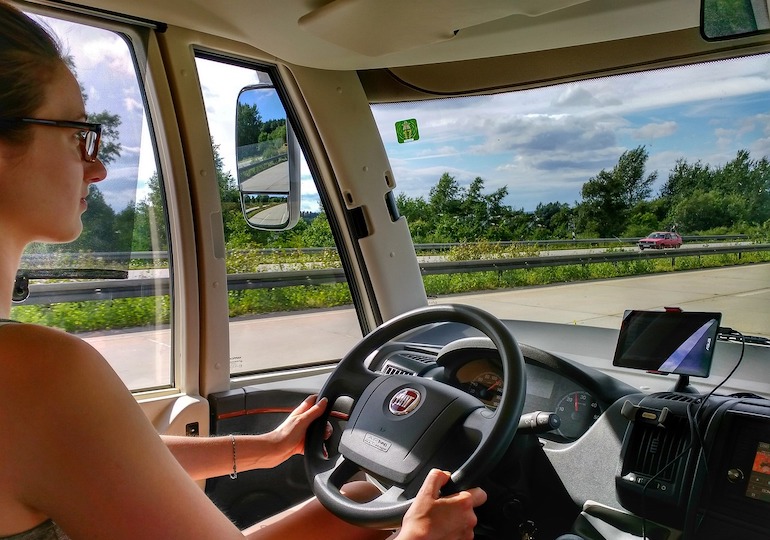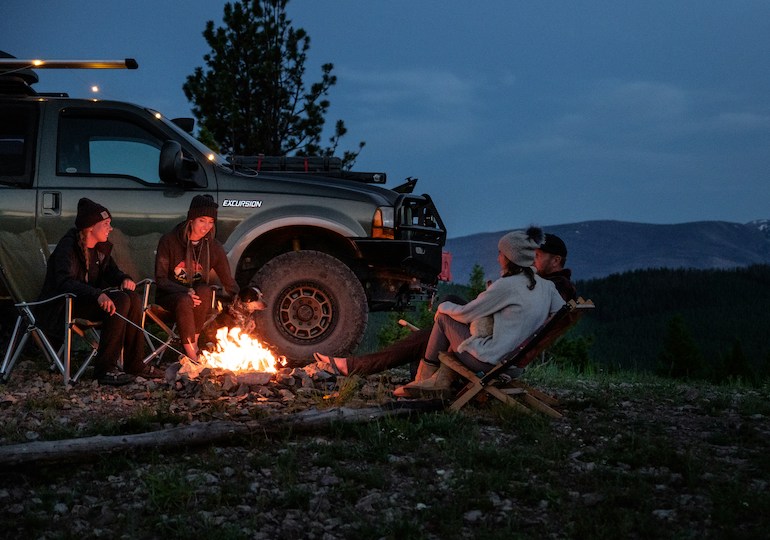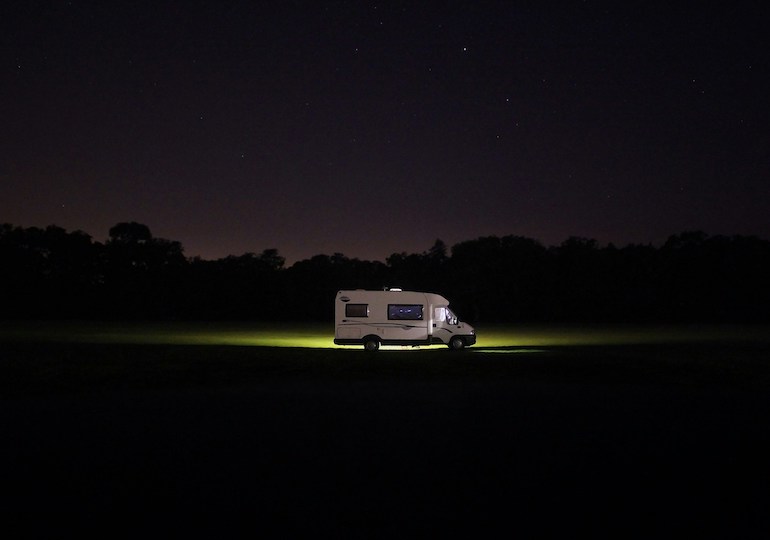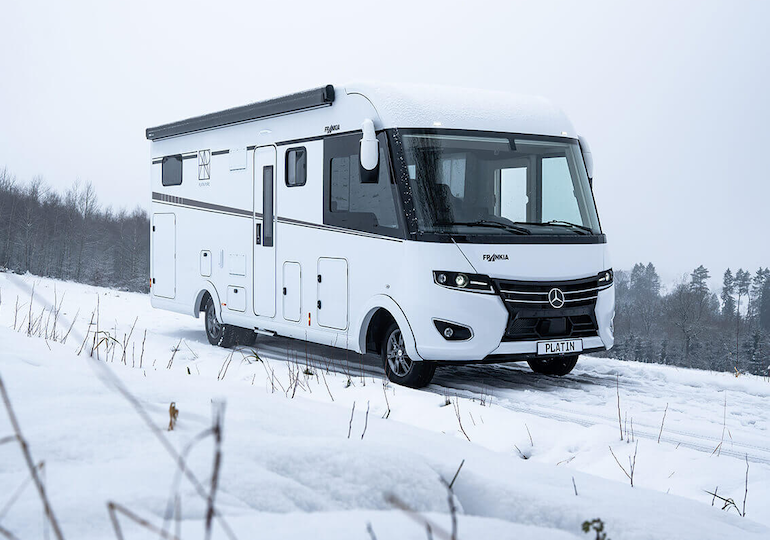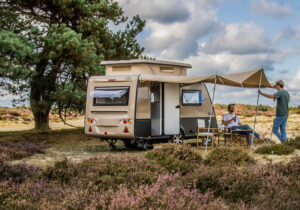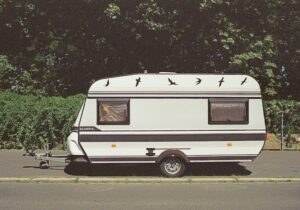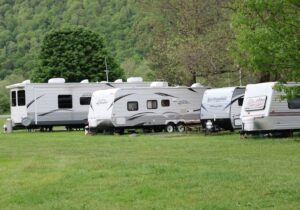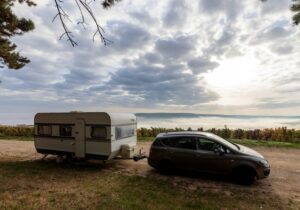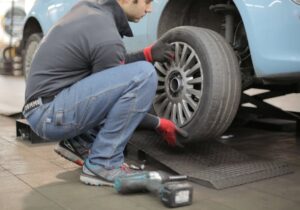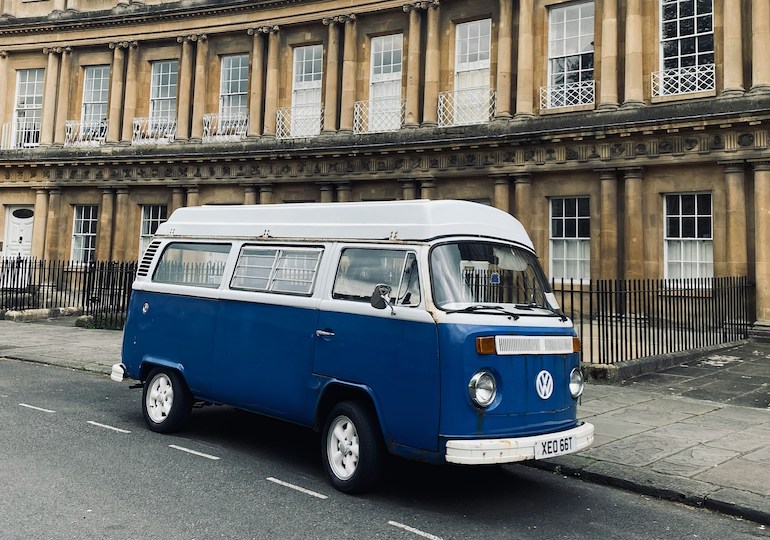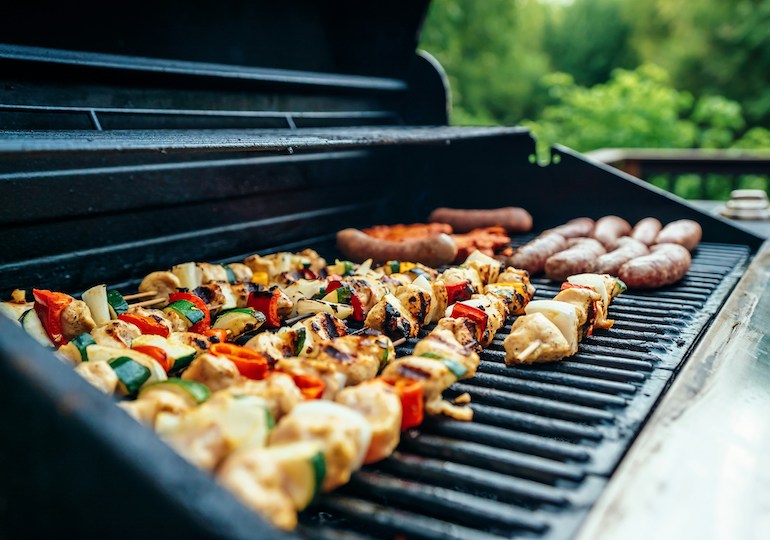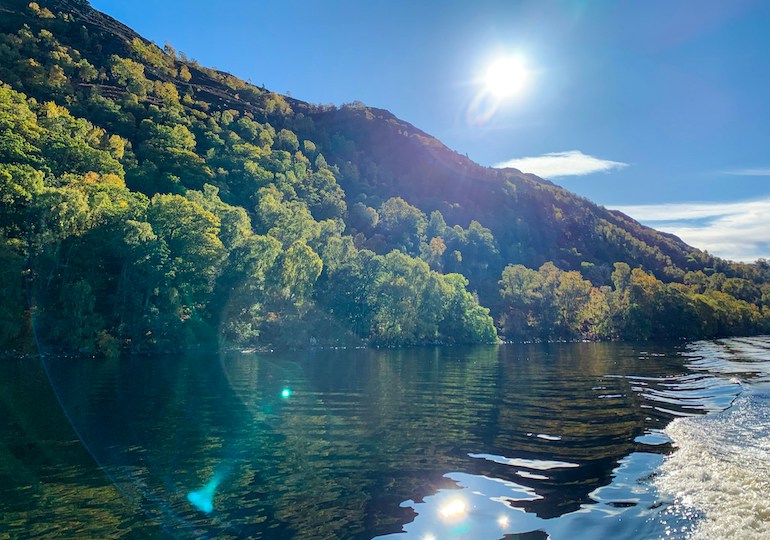Dan Cartwright has over 12 years of experience in the caravan and motorhome industry. He is a judge for a number of prestigious leisure vehicle awards and regularly heads off in his motorhome with his family. Every week, Dan shares his insights with the community. Here’s what he has to say this week.
The original plan for this week was to talk about the types of leisure vehicles you can get second hand for the price of a family summer holiday. When I started to research what’s available on Facebook Marketplace and Ebay, I discovered that many of the caravans on offer look and feel like scams.
So, it seems more pressing to explore the ways in which to avoid falling for scams when buying a second hand caravan. Of course, you can buy a second hand caravan from a reputable dealership, where you’ll get a tested vehicle with a high standard of aftercare, but this service comes at a premium.
If you’d prefer to buy off the private market, make sure you’re not falling into a trap where there’s no vehicle for sale. Here’s how to look through the listings and identify the caravans worth pursuing and those worth skipping over.
Be realistic in terms of price
Something that seems too good to be true probably is. I’m looking at a 2019 caravan, which was the best part of £28,000 new, and is now being listed for £2,700. That’s not realistic and while caravans do depreciate, they lose a small amount initially, then this slows and after 15 years, the price falls off a cliff.
Benchmark caravans to see what you can expect to pay for them second hand in the private market. Use the internet to research what dealers and other sellers are pricing these vehicles at. Be sure to enter details on:
- The make
- Model
- Layout
- Year
- Condition
While you can expect to get a bargain, nobody will be selling their second hand caravan for £5,000 or £10,000 less than a dealership.
Observe the listing
Make sure all the photos, inside and outside, are of the same van. Then use Google Reverse Image Search with one or two of the photos to show you if someone has copied and pasted images of a caravan from the internet.
Then put the caravan and the way it’s been used into context in relation to the profile of the seller. Most legitimate caravan sellers will be over 30 and have been on Facebook for more than five years. Look at their pictures to see if the caravan is featured in their holiday snaps.
Build up a full view of the seller and be on the lookout for any red flags. If the profile picture is of an elderly couple and the shots of the caravan include toys, then there might be something off there, so trust your instincts.
Ask lots of questions prior to seeing the caravan
There are a lot of queries that a genuine seller should be able to answer over chat before you agree to go and visit the caravan. If you don’t know where to start, then ask about the axle weight, as this is often missed out of listings. Even if the answers are readily available online, ask the seller as it’s a good way to gauge whether they know the caravan.
Don’t be rushed into putting a deposit down
Scammers can tell you there’s someone else coming to see the vehicle and you need to put a deposit down to secure it for yourself. Never hand over any money before you’ve seen the caravan, even if it’s a fraction of the amount the seller is looking for, as you may never see it or the vehicle again.
Don’t agree to meet at the side of the road
If you get to the point where you think the seller is genuine, don’t agree to meet at the side of the road nor have the caravan delivered to your house. You must have seen it, paid for it and be perfectly happy with it before this can be arranged.
Check the documentation
The last thing you want to do is buy a stolen caravan, so check the CRiS database to ensure the seller is the legitimate owner. All caravans should be registered and the correct documentation administered. Anyone who says they’ve lost the documents should get them reissued before selling. You can also ask them for the bill of sale from when they purchased the caravan originally.
Visit the caravan
Once all of this checks out, it’s time to go and see your caravan. If you’re not familiar with what to look for then take a specialist with you. Mobile caravan engineers will assess the caravan for a fee, but it can be well worth the small outlay to ensure you’re getting a good deal.
Make the seller aware you’ll be paying by bank transfer
Most banks have instant private peer-to-peer payment options and making them aware that this is how you’re going to pay has a number of benefits. They’ll then know they’re going to have to access their bank account, there’ll be traceability of the payment and that you won’t be carrying cash with you.
Never go to see the caravan on your own
For safety reasons, always take another person with you when you go to look at and purchase a second hand caravan. Even if you’re not taking cash, being on your own can make you vulnerable if a situation you’re not happy with unfolds.
I’ve made the process sound very scary, but buying a second home caravan doesn’t have to be if you follow these simple steps. There are a lot of genuine sellers out there who are looking to recoup the value by selling privately, meaning you can get a bargain.
Watch this space for the article about leisure vehicles you can buy second hand for the price of a family summer holiday…
Photo credit: Unsplash/Markus Spiske

